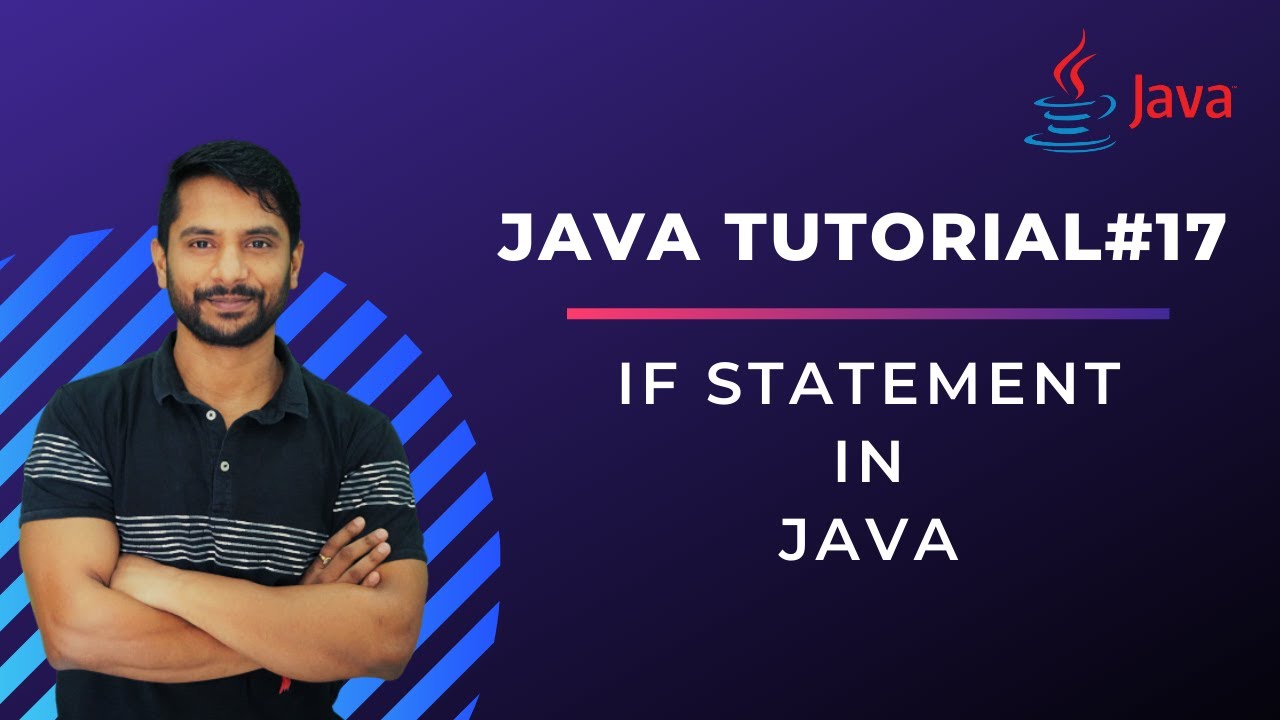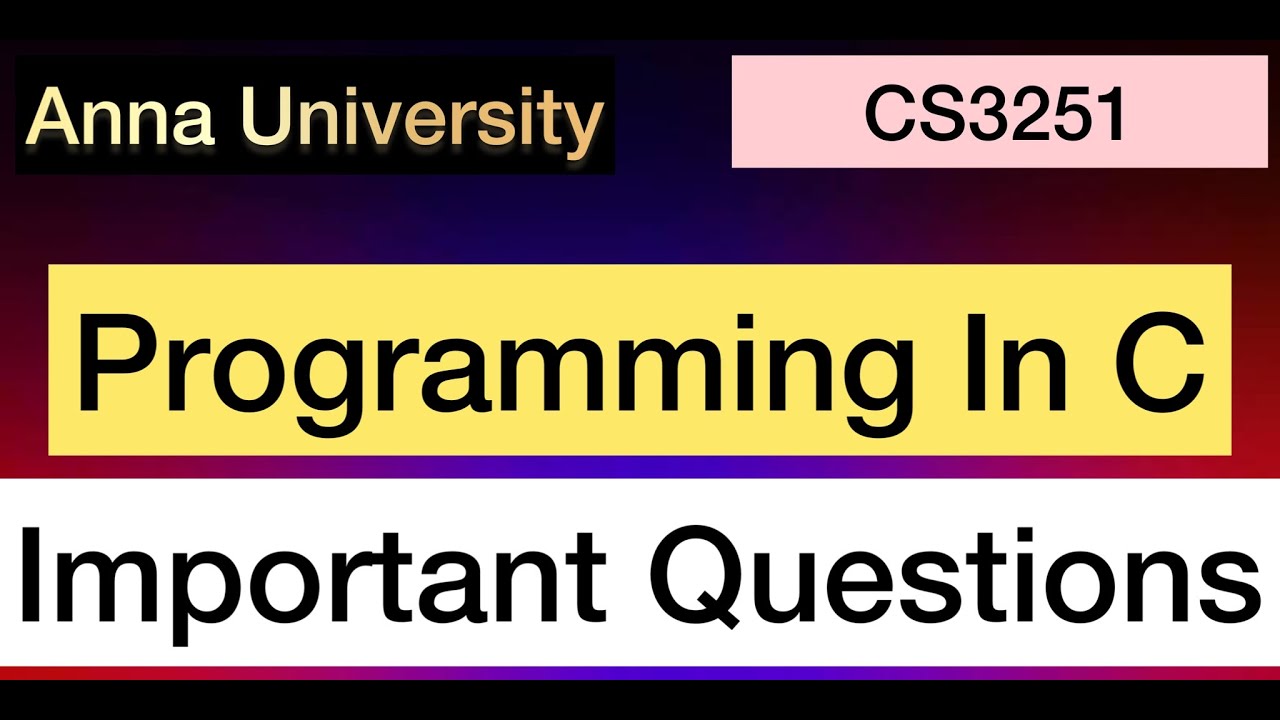P24 - Looping statements (while & do-while) in Java | Core Java | Java Programming |
Summary
TLDRThis video introduces the concept of looping statements in programming, explaining how they allow for repeated execution of one or more statements based on specific conditions. It briefly touches on key terms like 'foreign' and refers to tools like F5 and F6 for execution. The tutorial is aimed at helping viewers understand the basic principles behind loops, though the transcript is interrupted by non-technical phrases and background music. The video concludes with a thank-you message and background music, indicating the end of the tutorial.
Takeaways
- 😀 Looping statements are used to execute a block of code multiple times based on a condition.
- 😀 These statements allow for repetition of operations until a certain condition is met.
- 😀 Looping can help automate repetitive tasks in programming, improving efficiency.
- 😀 F5 and F6 keys are likely referenced as shortcuts for executing or testing the code in the development environment.
- 😀 The use of looping statements is a fundamental concept in programming, applicable in various languages.
- 😀 The tutorial seems to focus on demonstrating how looping works in a coding environment.
- 😀 The mention of 'foreign' might indicate a foreign language or terminology used during the tutorial, though it's unclear from the transcript.
- 😀 The repetitive use of 'foreign' may be an error or filler in the transcript, requiring clarification.
- 😀 The tutorial ends with a thank-you note, likely indicating the conclusion of the session.
- 😀 Background music is included during the tutorial, possibly to maintain engagement or indicate transitions.
Q & A
What are looping statements in programming?
-Looping statements are used to repeatedly execute a block of code based on a specified condition. This allows certain statements to run multiple times without needing to rewrite them.
Why are looping statements important in programming?
-Looping statements are crucial because they allow repetitive tasks to be automated and executed efficiently, reducing the need for redundant code.
What determines how many times a looping statement executes?
-The condition defined within the loop dictates how many times it executes. The loop continues as long as the condition is true, and it stops when the condition becomes false.
Can looping statements execute more than one statement at a time?
-Yes, looping statements can execute multiple statements within each iteration, depending on how they are written.
What is meant by 'foreign' in the script provided?
-The word 'foreign' in the script appears to be either a typo or a miscommunication. It does not seem to serve a specific function related to programming concepts in this context.
What might 'f5' and 'f6' refer to in the context of this script?
-F5 and F6 might refer to function keys commonly used in programming environments. For instance, F5 is typically used to run code or refresh a page, while F6 could be related to debugging or switching between windows in some IDEs.
What role does the execution of code play in looping statements?
-The execution of code in a loop is controlled by the loop's condition. Each time the condition evaluates to true, the loop executes the block of code, performing repetitive tasks automatically.
How can we break out of a looping statement?
-In most programming languages, you can use the 'break' keyword to exit a loop prematurely if certain conditions are met, such as finding a specific result or reaching a limit.
What does the phrase 'thank you for watching, bye' indicate in the script?
-'Thank you for watching, bye' is likely the closing remark of the video, signaling the end of the tutorial or presentation.
What is the significance of '[Music]' in the transcript?
-'[Music]' indicates that background music is playing during those moments in the video, likely meant to enhance the viewer's experience or serve as a filler during transitions.
Outlines

This section is available to paid users only. Please upgrade to access this part.
Upgrade NowMindmap

This section is available to paid users only. Please upgrade to access this part.
Upgrade NowKeywords

This section is available to paid users only. Please upgrade to access this part.
Upgrade NowHighlights

This section is available to paid users only. Please upgrade to access this part.
Upgrade NowTranscripts

This section is available to paid users only. Please upgrade to access this part.
Upgrade NowBrowse More Related Video
5.0 / 5 (0 votes)





